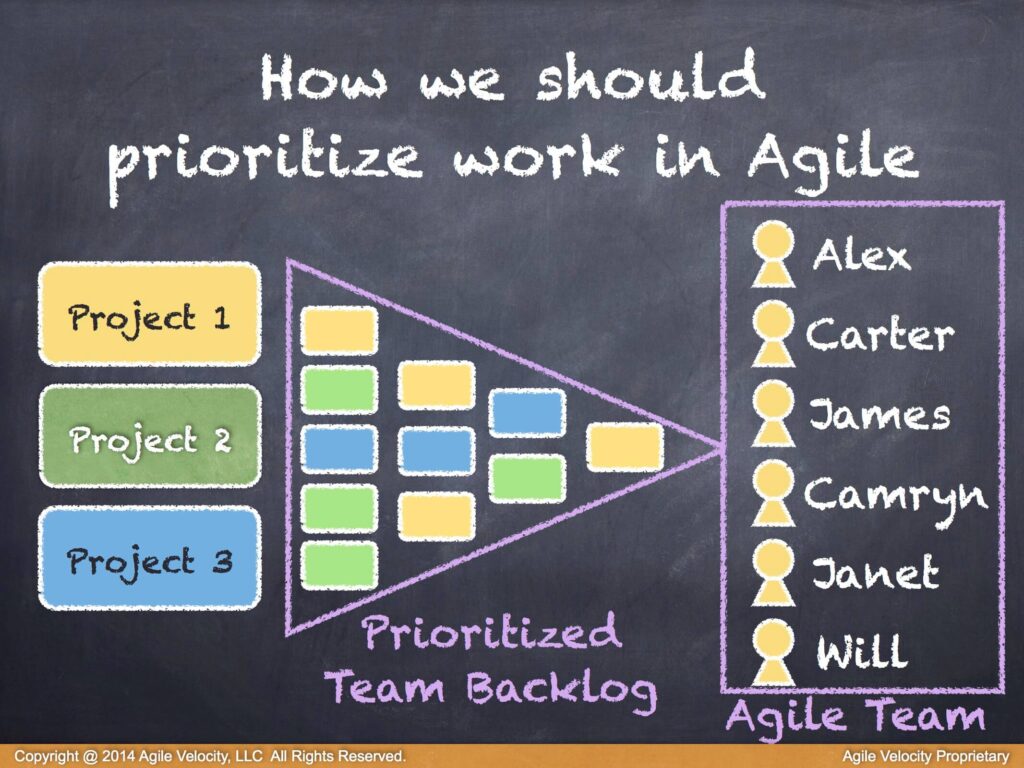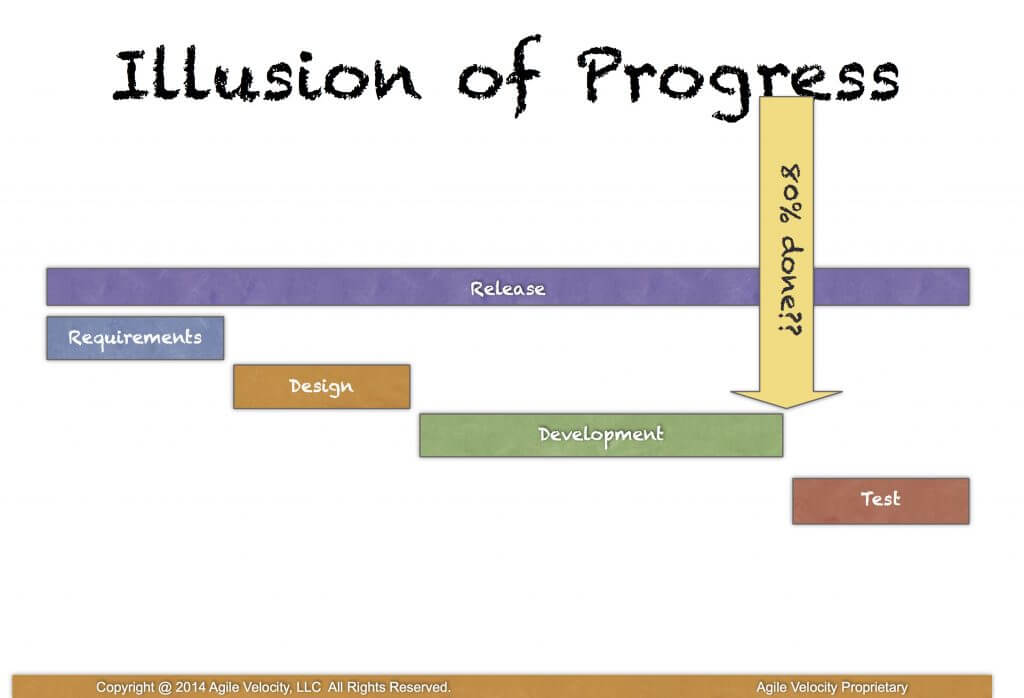Pitfall #6: NOT Starring Feature Teams

Part 6 in our 10 Agile Transformation Pitfalls and How to Address Them Being one of many is a red flag on the Path to Agility®. The success of your Agile transformation depends on cross-functionality from feature teams. Image courtesy of Ohmymag.com Look around you. If you and all of your neighbors have the same job […]
Pitfall #5: In an Agile Transformation, Transparency is to Empower, not to Micromanage

Part 5 in our 10 Agile Transformation Pitfalls and How to Address Them With Agile, internal stakeholders, team members, and management have visibility into team activity like they’ve never had before. This transparency is a powerful asset, and how it is wielded has a large impact on the success of an Agile adoption or transformation. […]
How to Deliver Double the Value in Half the Time [Video]

If a baker wants to double the number of carrot cakes he can produce in a week, he has two options: Hire another baker Optimize the recipe The first option means the added cost of a full-time employee in addition to the time (and thus money) spent training the new baker on precisely how the […]
Pitfall #4: Without Leadership Alignment, There Can Be No Agile Transformation

Part 4 in our 10 Agile Transformation Pitfalls and How to Address Them To the change agents spearheading Agile transformations in their organizations, the benefits seem obvious. Why wouldn’t everyone want their team, or organization, to be Agile? But assuming everyone is on board can create a serious void of communication, leading to misaligned leadership, […]
Pitfall #3: Providing Slack to Learn

Part 3 in our 10 Agile Transformation Pitfalls and How to Address Them As more IT and software organizations transition to Agile, they’re discovering Agile to be a better way to get quality work done faster. They’re also discovering that the transition can be tough to navigate. This blog discusses pitfall #3 in our blog […]
Pitfall #2: Knowledge and Alignment Driving Agile Transformations

Part 2 in our 10 Agile Transformation Pitfalls and How to Address Them In part 1 of our 10 part blog series, I discussed a pitfall that is commonly seen in Agile transformations: Thinking Agile is Simply a Process Change. Before moving on to our next pitfall, I would like to explore the Satir Change […]
Prioritize

Part 6 of 6 in the “Double the Value in Half the Time” series based on David Hawks’ presentation from Keep Austin Agile 2015. The last problem is this: everything’s important, everything’s high priority, everything must get done.
Getting to Done

Part 5 of 6 in the “Double the Value in Half the Time” series based on David Hawks’ presentation from Keep Austin Agile 2015. Stay tuned for subsequent posts… The fifth problem… we’re not getting things done. This is the Scrumbut part of Scrum. “Yeah, we do Scrum but we carry over stuff every sprint. The […]
Focus!

Part 4 of 6 in the “Double the Value in Half the Time” series based on David Hawks’ presentation from Keep Austin Agile 2015. Stay tuned for subsequent posts… So we’ve got all of these challenges…. and one of them is a problem I call Drowning in a Sea of Opportunity. For most companies, this is their […]
Shorten Feedback Cycles

Part 3 of 6 in the “Double the Value in Half the Time” series based on David Hawks’ presentation from Keep Austin Agile 2015. Stay tuned for subsequent posts… The third problem holding teams back is long feedback loops. Some of us have long feedback loops, while others have no feedback loops at all! And therefore […]
